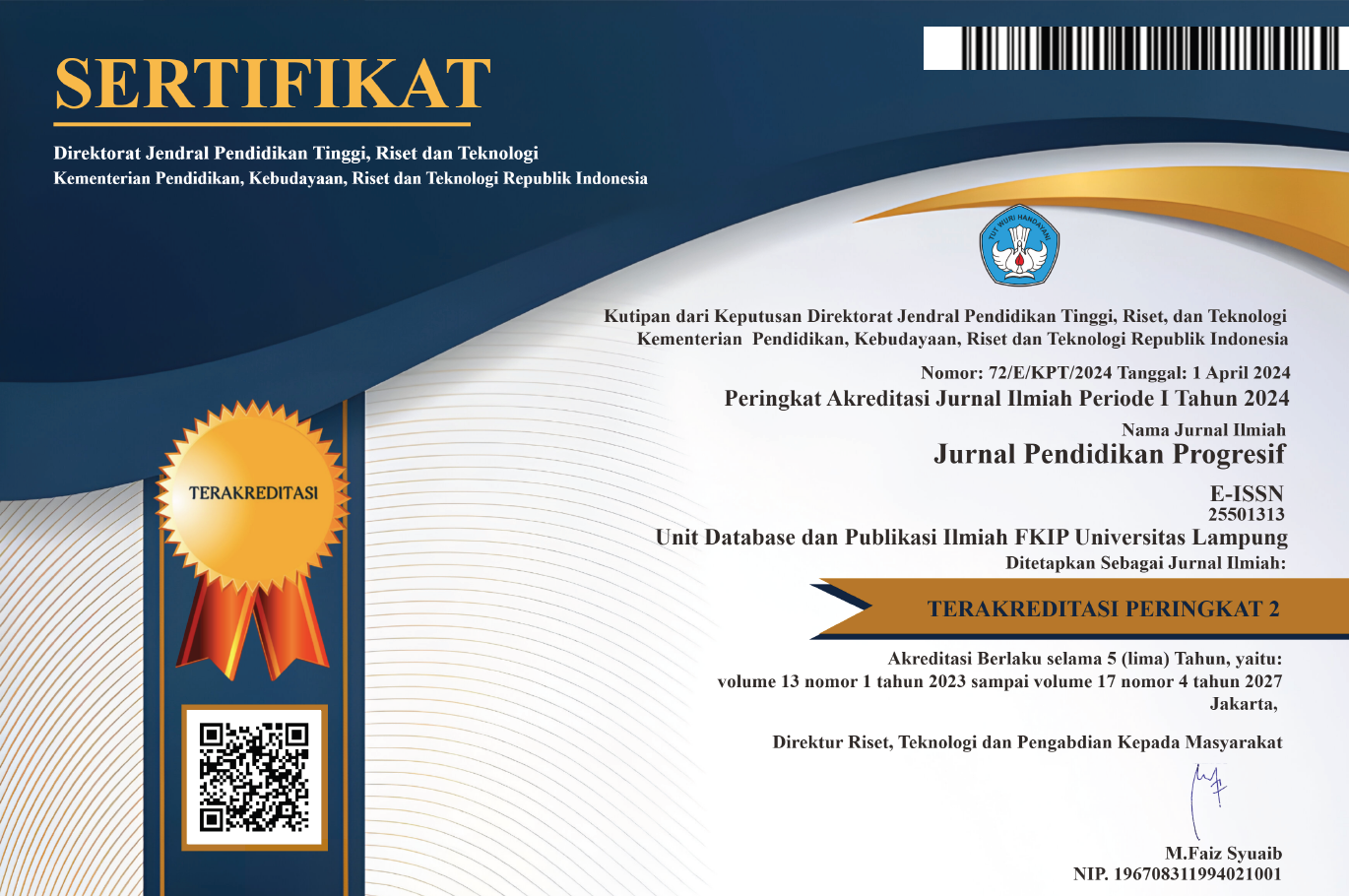The Developement of Learning Method “Imagination Box”: An Effective and Efficient Method to Evaluate Student’s Understanding
 Country:
Country:
(1) Musamus University, Indonesia
(2) Musamus University, Indonesia
| Metrics→ |
| Indexing Site→ |
Copyright (c) 2019 Adi Sumarsono, Fitriani Mubarokah
The Developement of Learning Method “Imagination Box”: An Effective and Efficient Method to Evaluate Student’s Understanding. Objectives: This study aims to develop effective and efficient learning method in order to evaluate student’s understanding in the theory of physical education, sport, health, and recreation equiped with assesment isntrument. Method: This study is research and development which is addopted from ADDIE. Datas analysis thecniques are quantitative and qualitative. Quantitative data analysis technique used descriptive statistical analysis and qualitative data analysis including analysis of instrument feasibility, analysis of instrument trials and analysis of the results of the conversion criteria of the instruments developed. Findings: The information aspect of the method developed is valid with a mean score of 3.2-3.6, the average performance aspect is high with score of 3.5-3.7, and the efficiency aspect of the method is high with score of 3.3-3.5. Results: The learning method “Imagination Box” which is equipped with the assessment instrument produced is feasible to be implemented and become variation of the learning method for teacher.
Kata kunci:imagination box, ADDIE, student’s understanding
Agostino, Sorbara. (2019). The improvement of the maximum aerobic speed in football through high intensity interval training. Journal of Physical Education and Sport, 19(Suppl. 2), Art 46, 305–313.
Barker, D. M., Barker-Ruchti, N., & Puhse, U. (2013). Constructive readings of interactive episodes: Examining ethics in physical education from a social constructionist perspective. Sport, Education and Society, 18(4), 511–526.
Beddoes, Z., Prusak, K. A., & Hall, A. (2014). Overcoming marginalization of physical education in America’s schools with professional learning communities. Journal of Physical Education, Recreation & Dance, 85(4), 21–27.
Dyson, B., Linehan, N., & Hastie, P. (2010). The ecology of cooperative learning in elementary physical education classes. Journal of Teaching in Physical Education, 29(2), 113–130.
Ekayana, A. G., Suharsono, N., & Tegeh, I. M. (2013). Pengembangan perangkat pembelajaran mikrokontroller berbasis advance virtual rizc (AVR) dalam mata pelajaran teknik mikrokontroller. E-Journal Program Pascasarjana Universitas Pendidikan Ganesha, 3(2).
Fan, Y., Keating, X. D., Liu, J., Zhou, K., Shangguan, R., & Knipe, R. (2018). Development of a scale measuring Chinese preservice physical education teachers’ beliefs about the physical education profession. Asia-Pacific Education Researcher, 27(5), 365–372.
Halik, A. (2013). Inovasi teknik pembelajaran pendidikan agama Islam pada SMA Model Negeri 3 Palu. Hunafa: Jurnal Studia Islamika, 10(1), 44.
Hand, K. E. (2014). Teachers: Preservice physical education teachers’ efficacy beliefs. Journal of Case Studies in Education, 6, 1–9.
Light, R. (2011). Opening up learning theory to social theory in research on sport and physical education through a focus on practice. Physical Education and Sport Pedagogy, 16(4), 369–382.
McCullick, B., Belcher, D., Hardin, B., & Hardin, M. (2003). Butches, bullies and buffoons: Images of physical education teachers in the movies. Sport, Education and Society, 8(1), 3–16.
Mulyatiningsih, E. (2011). Riset terapan bidang pendidikan dan teknik. Yogyakarta: UNY Press.
Prystupa, E., Okopny, A., Hutsul, N., Khimenes, K., Kotelnyk, A., Hryb, I., & Pityn, M. (2019). Development of special qualities skilled kickboxers various style of competitive activity. Journal of Physical Education and Sport, 19(Suppl. 2), Art 41, 273–280.
Quennerstedt, M., Annerstedt, C., Barker, D., Karlefors, I., Larsson, H., Redelius, K., & Öhman, M. (2014). What did they learn in school today? A method for exploring aspects of learning in physical education. European Physical Education Review, 20(2), 282–302.
Quennerstedt, M., Almqvist, J., & Öhman, M. (2011). Keep your eye on the ball: Investigating artifacts-in-use in physical education. Interchange, 42(3), 287–305.
Quinn, M. (2012). Advocating for quality physical education. Physical and Health Education Journal, 78(1), 39.
Spittle, M., Jackson, K., & Casey, M. (2009). Applying self-determination theory to understand the motivation for becoming a physical education teacher. Teaching and Teacher Education, 25(1), 190–197.
Zakso, A. (2010). Inovasi pendidikan di Indonesia antara harapan dan kenyataan. Jurnal Pendidikan Sosiologi dan Humaniora, 1(1), 15.
Refbacks
- There are currently no refbacks.

This work is licensed under a Creative Commons Attribution-ShareAlike 4.0 International License.
View My Stats


